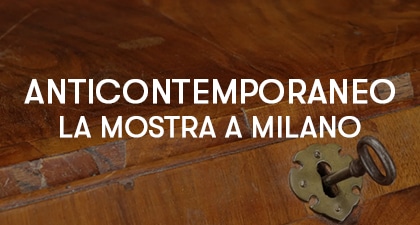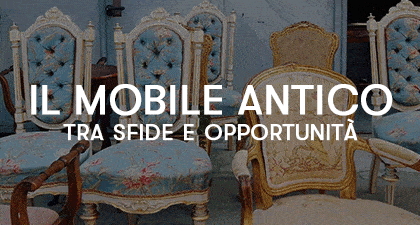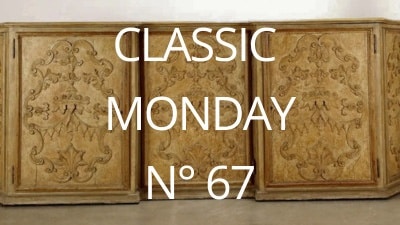The Horse Model by Henry Fratin: A Taxidermist in Our Warehouses

A curious sight has appeared in our warehouses: an 19th-century horse, a horse model by Henry Fratin. Its anatomy is perfectly depicted, and the effect is surprisingly lifelike. Even the fur covering and the hair on the tail and mane contribute to this illusion of reality.
In fact, if it weren’t for its size, one would think they are facing a real stuffed horse specimen, frozen in the typical trot stance.
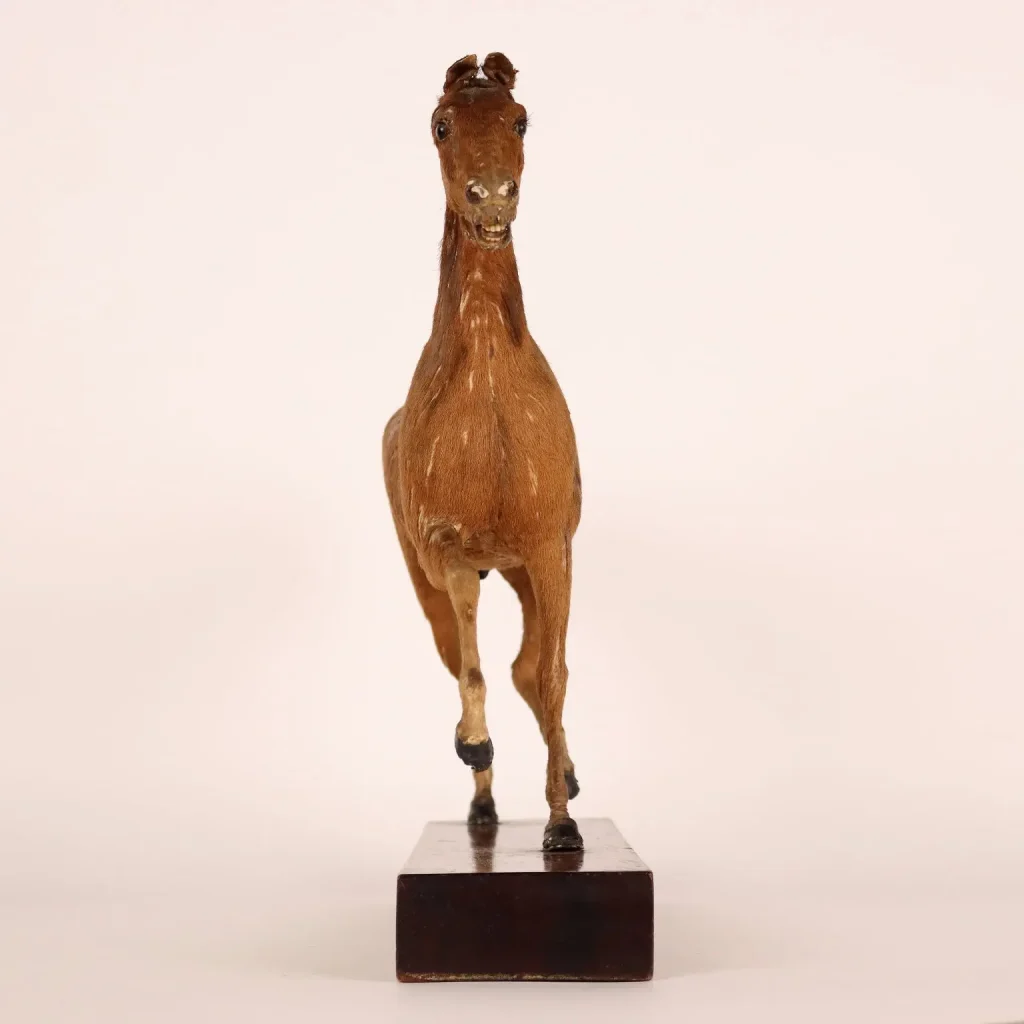
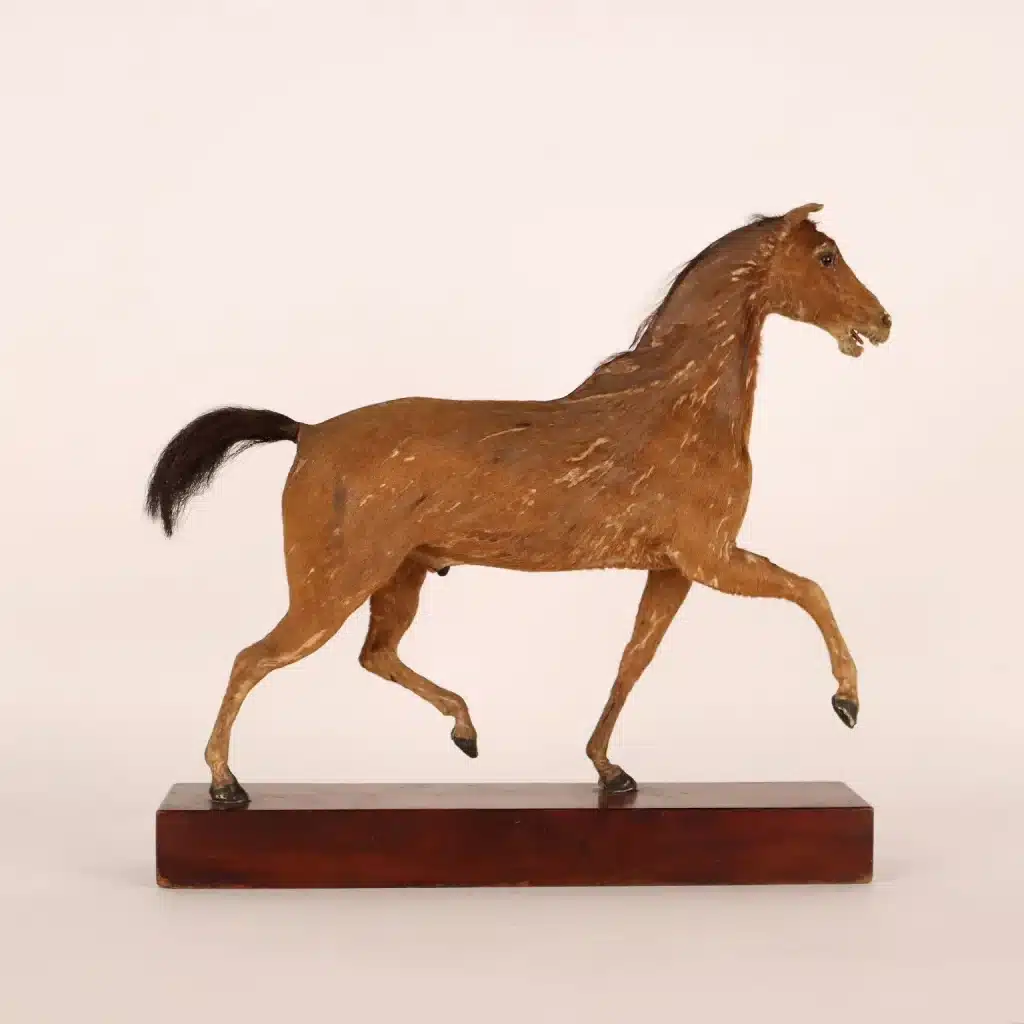
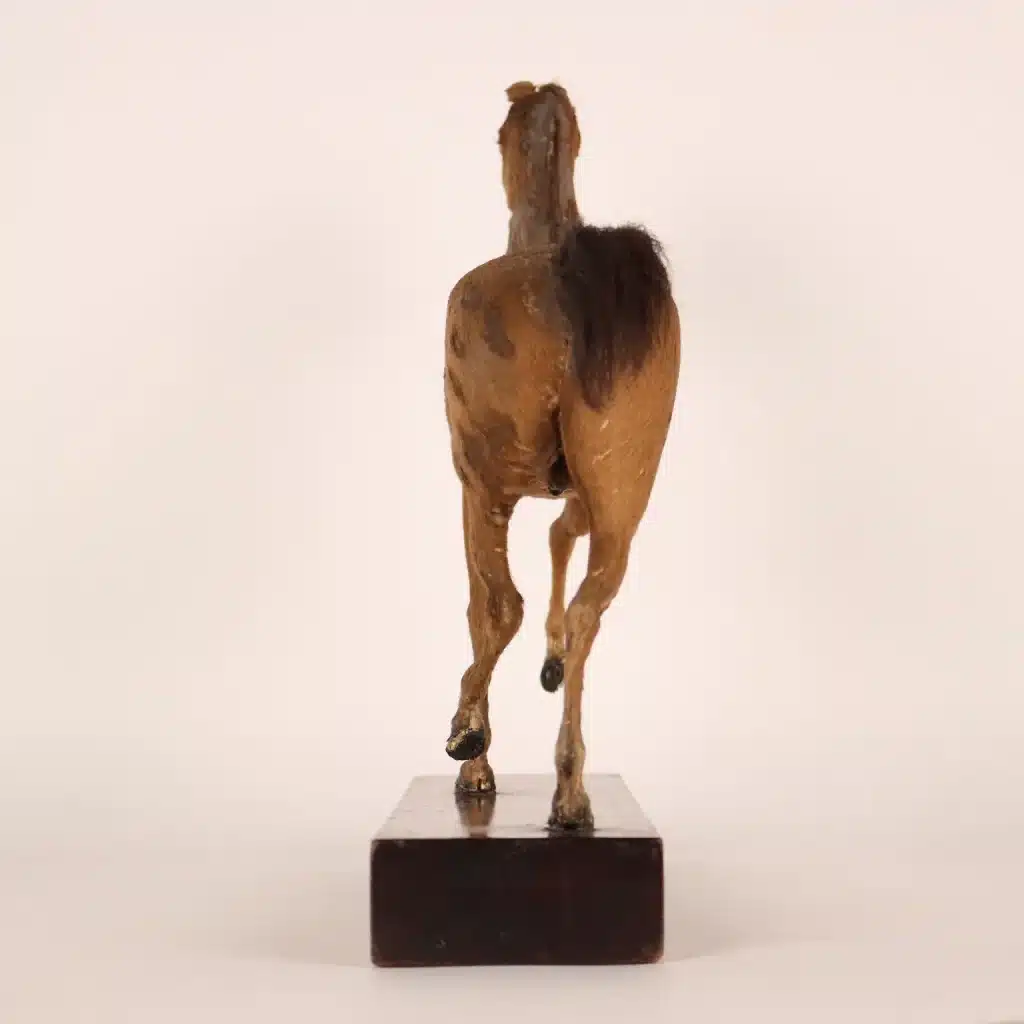
The Taxidermist Monsieur Fratin
Henry Fratin, a skilled taxidermist and the creator of the piece, does not overlook any details that demonstrate his thorough knowledge of the animal world. Monsieur Fratin, as he identifies himself on the label placed under the wooden base, suggests that the anatomical accuracy of his work is such that his animals deserve a place in the collections of a natural history cabinet.


“Said” in the plural because our horse originally belonged to a larger group, consisting of nine specimens in total, all quadrupedal mammals representing species from various parts of the world: a bison, a bovine, a cow nursing her calf, a moose, a goat, a tiger, a lion, and a bear accompanied the horse, all equally characterized by meticulous anatomical rendering and a natural posture.

Exhibition and Educational Objects
Perhaps the success of these products was increased by their presentation at the Paris Exhibition of 1819, as mentioned in the Annales de l’Industrie Nationale et étrangére published two years later. Certainly, the appreciation at the time was such that, as Fratin himself recalls in the aforementioned label, his animals attracted the attention not only of enthusiasts but also of French schools and the Government itself. It was not rare to find them in the apartments of kings and ministers, presented as curiosities to show to their guests or as true educational objects.
Interest in natural history grew significantly in the 18th century. Scientific research, the study of nature, and ways to reproduce it fascinated Enlightenment thinkers.
And this type of item fully embodies the dual culture of the time. On one side, it satisfies the quest for scientific accuracy and faithful naturalistic representation; on the other, it continues the tradition of the Wunderkammern highly appreciated in past centuries. Miniature models of real animals that could be displayed with didactic setups or in natural settings, a true sampling of both well-known animals like cattle and exotic ones like large felines, almost an echo of medieval bestiaries.
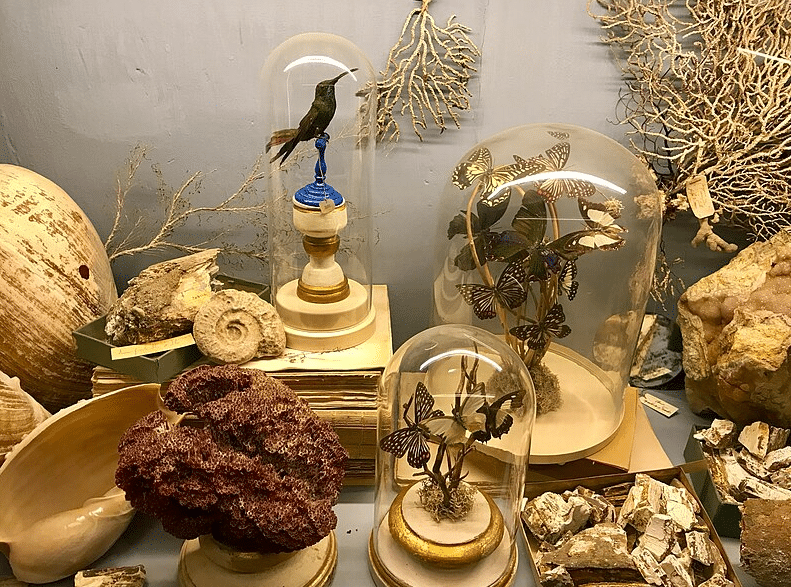
You can find the Henry Fratin model at this link on our website: https://www.dimanoinmano.it/it/cp273816/antiquariato/oggettistica/scultura-cavallo-henry-fratin
See you next time!



